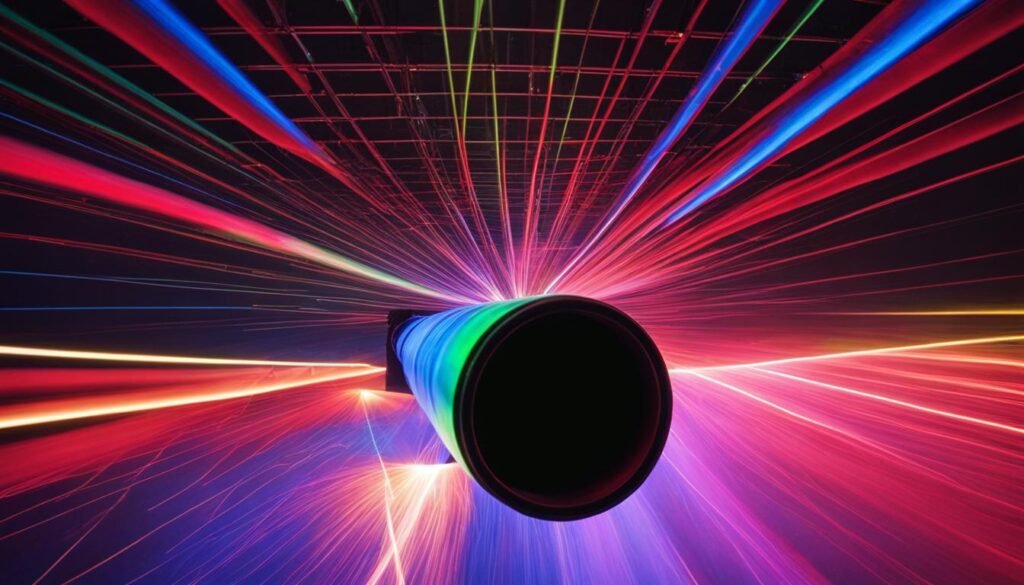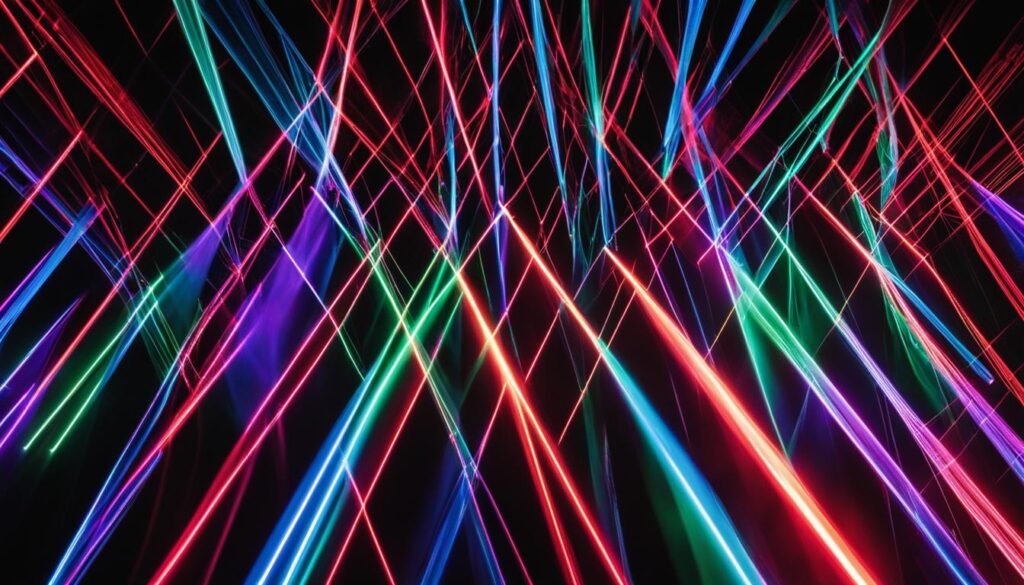Contents

Source: ResearchGate
Understanding Quantum Defect in Lasers
In the realm of photonics and laser technology, the concept of quantum defect plays a crucial role in determining the efficiency of laser systems. This article delves into the intricacies of quantum defect, explaining its significance and implications in laser operations.
What is Quantum Defect?
Quantum defect is a term that describes the difference in energy between the pump photons and the laser photons in a laser system. Typically, in most lasers, the wavelength of the laser light is longer than that of the pump light. This results in the laser photons having less energy compared to the pump photons, a phenomenon known as the Stokes shift.

Calculating Quantum Defect
The quantum defect is calculated by determining the difference in energy between the pump and laser photons. It is often expressed as a percentage of the pump photon energy, establishing a theoretical upper limit to the power efficiency of the laser. This means that even with perfect conversion of pump photons to laser photons, the efficiency cannot reach 100% due to the inherent energy difference.
Example: Nd:YAG Laser
An illustrative example is the Nd:YAG laser, which is pumped at a wavelength of 808 nm and emits laser light at 1064 nm. The quantum defect in this case is approximately 0.368 eV, equating to about 24.1% of the pump photon energy.
Implications of Quantum Defect
Lasers with a small quantum defect, such as those utilizing ytterbium-doped crystals, can achieve high power efficiency. However, these systems also exhibit quasi-three-level behavior in their gain medium, which can complicate the laser design and challenge efforts to achieve high wall-plug efficiency.
Special Cases: Upconversion Lasers
In special cases like upconversion lasers, the definition of quantum defect must be adapted. These systems involve multiple pump photons contributing to the generation of a single laser photon, altering the conventional understanding of quantum defect.
Quantum Defect vs. Quantum Efficiency
It is important to distinguish between quantum defect and quantum efficiency. Quantum efficiency refers to the average number of output photons generated per pump photon, focusing on the quantity rather than the energy of photons. A laser system can exhibit high quantum efficiency while still having a substantial quantum defect, and vice versa.
Conclusion
Understanding quantum defect is essential for optimizing laser performance and efficiency. By comprehending the energy dynamics between pump and laser photons, researchers and engineers can better design and implement laser systems tailored to specific applications.
![]()
Source: defectgenome.org
Feel free to comment your thoughts.



